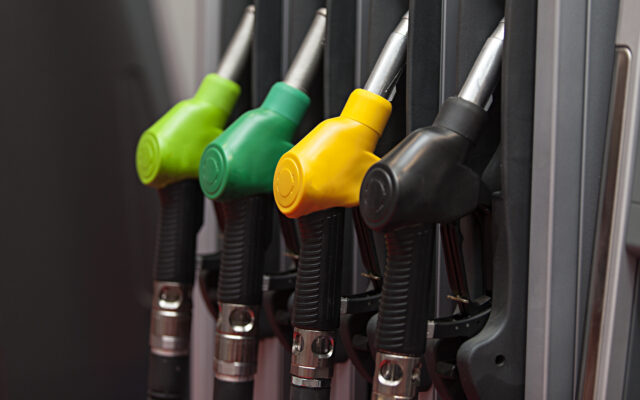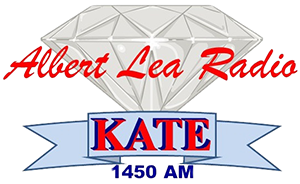Maintaining Consumer Access to E15 Increases Fuel Supply

The U.S. Environmental Protection Agency should use its authority under the Clean Air Act to provide consumers with continued access to low-cost, low-emission E15 during the summer months, according to a letter sent today from corn grower leaders to EPA administrator Michael S. Regan.
The president of the National Corn Growers Association, joined by leaders from 18 state corn grower groups, signed the letter, which called on EPA to replicate its actions from last year and ensure uninterrupted access to E15 through the summer.
“At a time when fuel supplies remain constrained and prices remain high, consumers and retailers need all fuel choices available, especially as seasonal demand increases during the summer,” the farmer leaders stated. “Fuel market conditions that warranted EPA’s actions last summer are expected to continue this summer, and Russia’s war in Ukraine continues to disrupt global energy markets.”
EPA approved E15, or 15 percent ethanol blends, in 2011 for use in all 2001 and newer vehicles, which account for more than 96 percent of vehicles on the road today. Retailers have increased availability of E15, often marketed as Unleaded 88, to offer consumers choice and lower fuel costs, as well as increase the fuel supply. E15 has been sold year-round for the past four years, but outdated regulatory barriers continue to hinder permanent full-market access to E15.
NCGA and state corn grower associations reminded EPA officials that access to higher blends of ethanol can help keep prices down at the pump. The corn grower leaders pointed to warning signs, such as OPEC’s announcement of a 1.16 million barrels per day output reduction beginning in May, as reason the Biden administration should do everything possible to increase the domestic fuel supply to help keep prices down.
“With ethanol currently priced around 50 cents less per gallon than unblended gasoline at wholesale, drivers are continuing to save up to 15 cents or more per gallon,” the growers stated. “As the number of retailers offering drivers this low-cost, low-emission choice increases, the economic benefits also expand.”
Finally, the leaders noted that, in addition to increasing the fuel supply and lowering prices for drivers, higher ethanol blends like E15 reduce emissions.
“Ethanol results in nearly 50 percent fewer GHG emissions than gasoline, so Increasing ethanol blending from 10 to 15 percent further cuts GHG emissions,” they said. “Blending more ethanol to make E15 displaces the most toxic aromatic hydrocarbon components in gasoline, reducing exhaust emissions for cleaner air.”
The grower leaders urged EPA to act on their request in the near future to provide market certainty.

